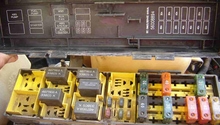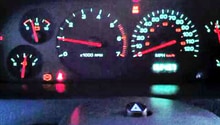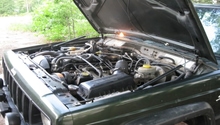Jeep Cherokee 1984-1996: Fuse Box Diagram
A blown fuse can cause lots of problems, from turn signals that no longer blink to an electronic component that doesn't work, such as a power seat. In many instances, these issues can be linked to a blown fuse. Fortunately, this issue is often easy to resolve, costs very little, and will have your car back in working order as soon as possible.
This article applies to the Jeep Cherokee XJ (1984-1996).
Open up your Cherokee's fuse box, and you'll find a wide range of fuses. Each fuse has a different function and can play a major or minor role in your car's health. The fuse box in any vehicle can seem overwhelming and confusing at first. However, if a fuse is blown or you need to access a fuse to help diagnose an electrical problem, it's helpful to know your way around the box. Here's a closer look at the fuse box in your Cherokee XJ.
Understanding the Different Fuses
Open up the fuse box on the inside of your car and you'll notice an array of different colors and numbers. Each fuse serves a specific purpose, but trying to determine what each one does can be a bit trickier. Fortunately, most fuse boxes have a diagram telling you not only where each fuse is located and what it does, but also its amperage (strength of electrical current) and what the fuse controls.
The primary purpose of a fuse is to protect your vehicle's electrical system. You've probably heard of the term "blown fuse" before. This refers to the fuse rapidly cutting off power between the car's electrical system and the power source to prevent any potential damage from occurring. Fuses are small plastic squares (usually of various colors) with two metal prongs. When a fuse goes bad, the small piece of metal inside, called a filament, breaks. Instead of individually going through each fuse to find the one that isn't working, you can usually identify each fuse by its number.
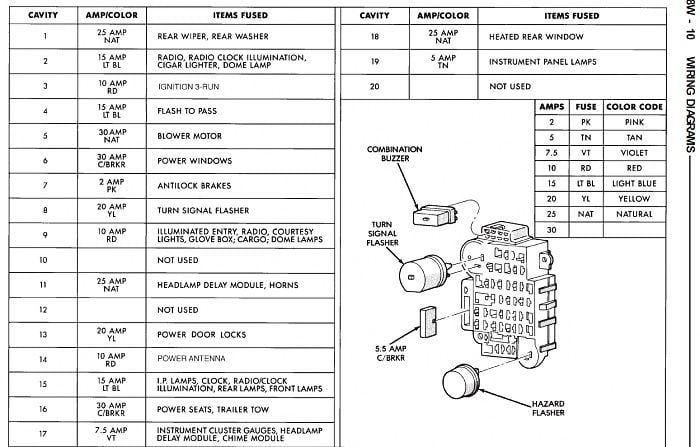
Where Can I Find the Fuse Box?
For most Cherokees, the fuse box is located on the driver's side underneath the dashboard. While it's usually covered, some boxes may be missing a cover. Many vehicles have a fuse box underneath the hood and one under the dash. If you have trouble locating your fuse box, check the owner's manual.
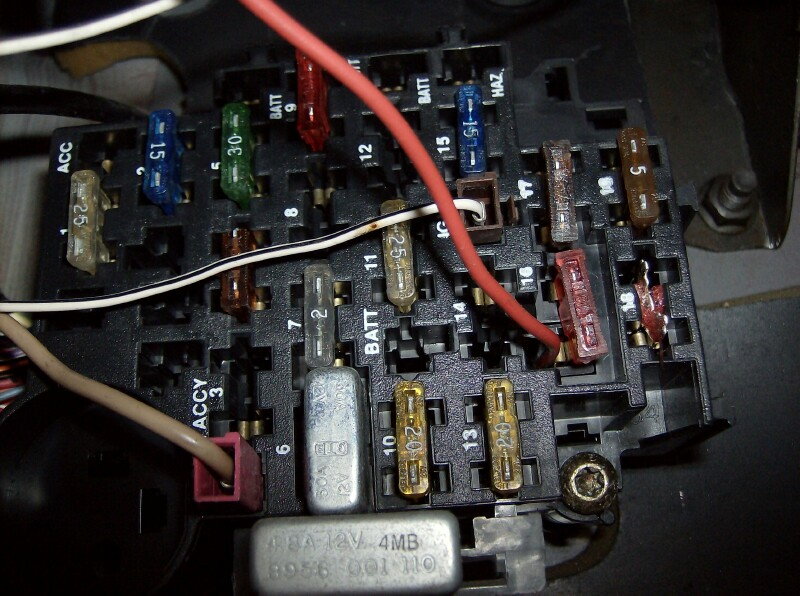
Checking and Changing the Fuses
As we already know, the easiest way to tell if a fuse has blown is to check for a bad filament. The metal piece will still be intact if the fuse is working. However, if the fuse is blown, the filament will become separated. Another way to test whether a fuse is good or bad is by using a fuse tester. Most fuse testers cost around $10 and can be found at a local hardware or auto parts store.
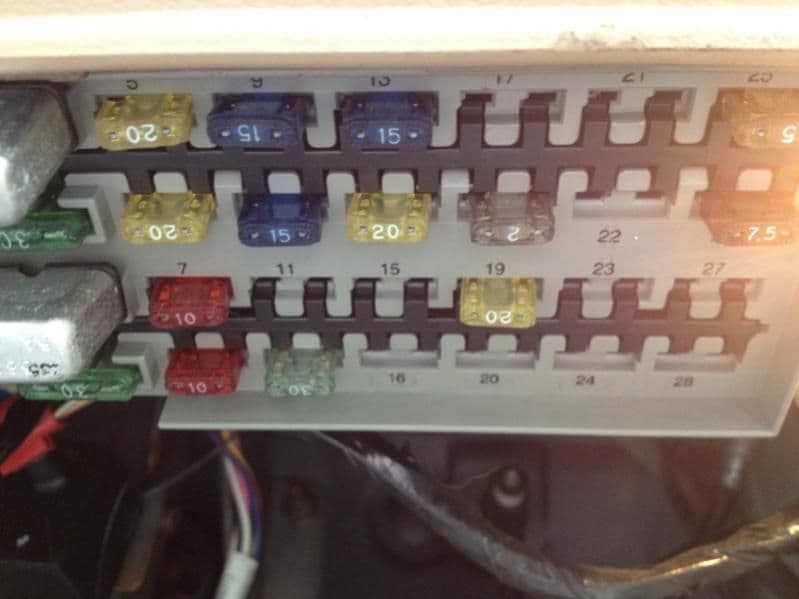
What Causes a Blown Fuse?
There are many reasons why your vehicle's fuse might have blown. This problem is often the result of accidentally overloading the car's system, such as by trying to use too many accessories at once. Fuses also tend to blow more easily with age. If you find one or more blown fuses, it's important to replace it with a fuse of the same size and rating. Using a smaller fuse can cause it to blow out faster, while a fuse that's too large can lead to problems elsewhere in the circuit.
Related Discussions and Site
- 95 Cherokee Interior Fuse Panel - Cherokeeforum.com
- 1995 Cherokee Fuse Diagram - Cherokeeforum.com
- Need a 1995 XJ Fuse Board Diagram - Cherokeeforum.com
- How to Detect and Replace a Blown Fuse - Carsdirect.com


